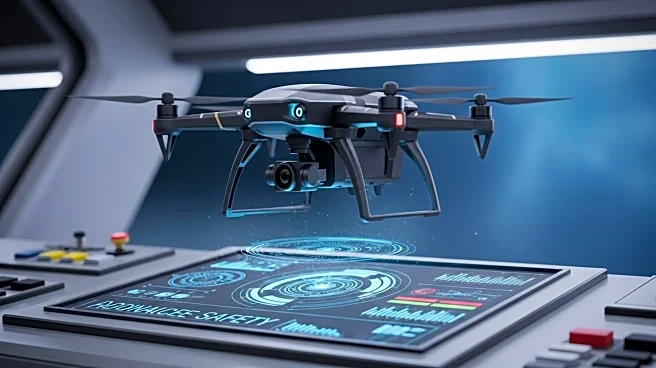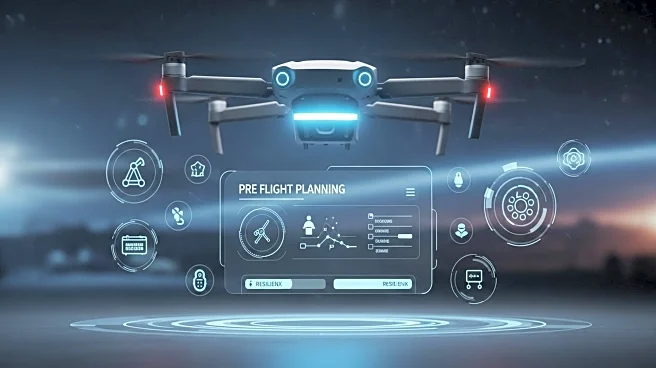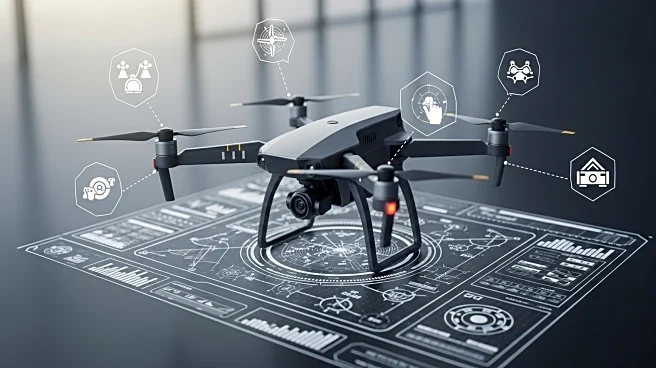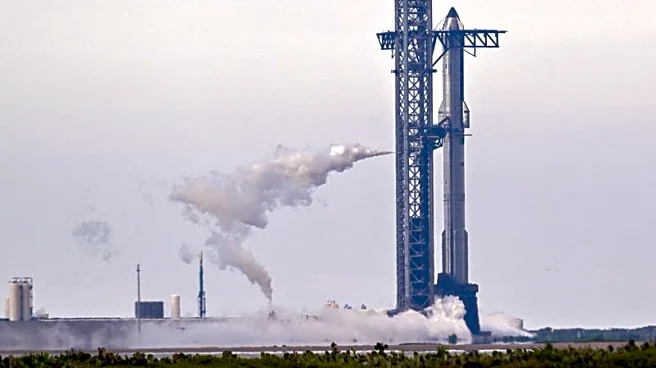What's Happening?
NASA has partnered with ResilienX, an aviation safety company, to develop advanced tools aimed at improving preflight planning for advanced air mobility (AAM) aircraft, including drones and air taxis. The collaboration focuses on providing timely and predictive risk assessments through a single platform, enabling operators to make informed decisions before takeoff. This initiative is part of NASA's System-Wide Safety project under the Airspace Operations and Safety program, which aims to enhance the safety of next-generation airspace systems. A demonstration of the tools was conducted at ResilienX's facility in Syracuse, New York, where NASA's specialized services were integrated into commercial systems to assess risks associated with flying highly automated aircraft at low altitudes over urban environments.
Why It's Important?
The development of these preflight planning tools is crucial for the safe integration of drones and air taxis into urban airspaces. As the demand for advanced air mobility grows, ensuring the safety of both passengers and people on the ground becomes increasingly important. The collaboration between NASA and ResilienX represents a significant step towards achieving this goal by providing operators with the necessary data to make informed decisions. This initiative not only supports the advancement of air mobility technology but also contributes to the broader effort of establishing safe and efficient airspace operations, which could have significant implications for urban transportation and logistics.
What's Next?
The partnership between NASA and ResilienX is expected to continue evolving, with further integration and testing of the preflight planning tools. As the technology matures, it may lead to widespread adoption by commercial operators, potentially transforming urban air mobility. Future developments could include enhancements to the risk assessment capabilities and expansion of the platform to accommodate a broader range of aircraft types and operational scenarios. Stakeholders such as regulatory bodies, urban planners, and transportation companies will likely play a role in shaping the implementation and regulatory framework for these advanced air mobility systems.
Beyond the Headlines
The collaboration highlights the importance of public-private partnerships in advancing technological innovations. By leveraging NASA's research capabilities and ResilienX's commercial expertise, the initiative demonstrates how such partnerships can drive progress in emerging fields like advanced air mobility. Additionally, the focus on safety and risk assessment underscores the ethical considerations involved in deploying automated systems in populated areas, emphasizing the need for robust safety protocols and regulatory oversight.















